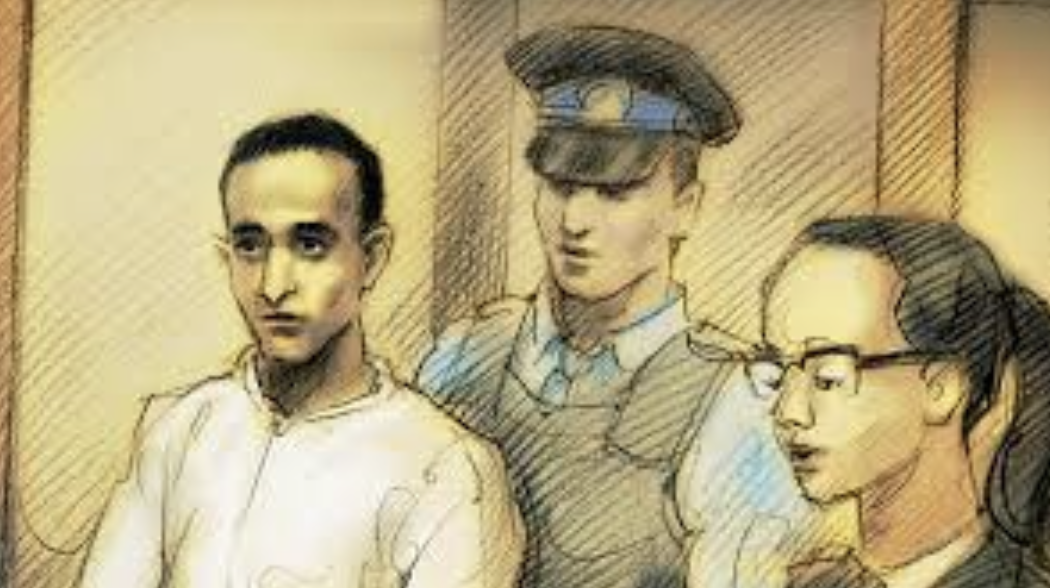In 2016, Dr. Elana Fric-Shamji was murdered by her husband two days after she asked for a divorce. Her three children were in the other room. She was later found in a suitcase by the Humber River. Her husband Dr. Mohammed Shamji, a surgeon, pleaded guilty to second degree murder on April 8, 2019.
Every lawyer practising family law deals with allegations of domestic violence in their practice. Some allegations are proven and true, some are not proven but true, and some are not proven and false. So how are we lawyers able to differentiate the true from false allegations of domestic violence and better protect families.
I for one have had many sleepless nights worrying about the safety of my clients and their children. I have witnessed clients withhold, discount or diminish spousal or child abuse out of embarrassment. I have witnessed clients being accused of, and caught for, fabricating false allegations. I have witnessed clients honestly report the abuse, but then regret it because a judge diminished its relevance. I have witnessed very capable lawyers cross-examine victims of domestic violence with questions such as:
If it were true, why didn’t you go to the police when it happened?
Do you have any therapy notes to prove it?
What about photographs of the injuries?
Aren’t you just saying this to get custody of the kids?
So how do we lawyers become better equipped to address allegations of domestic violence?
Well, for me, my training in mediation and domestic violence screening has made me a better professional in eliciting this information. Listening is not only done with our ears, but also by observing body language and facial expressions. I have had to work extra hard to use my eyes and ears more than my mouth during these interviews. I have encouraged clients to bring their trusted family or friends with them, in the hope that the added comfort will result in full disclosure. I have shared social stories about other clients who had experienced violence from their partners. I have described the types of protections that are afforded to victims. I have reminded clients of the trickle down effect of domestic violence upon their children. All in all, I speak less and listen a lot.
Once I sense that there is any indication of domestic violence, I then turn my mind to what my professional obligations are to my client, the children and society at large. Developing a heightened sensitivity to allegations of domestic violence has influenced the legal advice that I give my clients and how I communicate with their soon-to-be ex-spouse or their lawyer.
The period of greatest danger is around the time of the initial decision to divorce when emotions are running at an all-time high. This is when victims of abusive relationships put themselves in immediate danger. At this time, the abusive spouse may be feeling rejected, hopeless and angry. This is what likely happened to Dr. Elana Fric-Shamji’s husband when he realized his marriage was over and his wife was moving on.
The advice that I give such clients centres around safety planning.
Should it be my client that mentions divorce? If so, when and how? Should the ex-spouse know of my existence? If so, when and how? Will a court proceeding place my client in greater or lesser danger? When and how should I serve the Divorce Application? Should my behaviour be different if the ex-spouse has a lawyer? If a letter, email or Divorce Application will be delivered to the other spouse, where will my client be when this happens? Where will the children be? Should my client move out of the home with the children but risk being accused of wrongful removal? Should there be an ex parte motion for exclusive possession of the matrimonial home and a restraining order before serving the other spouse?
These are the questions that haunt me in these cases.
Then there’s the tone of the communications with the other spouse.
Am I going to be the first person that notifies the ex-spouse that my client wants a divorce? How will my language impact the other spouse? Could my letter trigger a reprisal?
Then there are the letters between lawyers. Some lawyers may write strong, demanding or accusatory letters. Although the tone of such letters may satisfy the client, what if such letters stir the pot and put the other spouse at risk of injury, death or arrest?
We cannot afford to be ambivalent about allegations of domestic violence. Despite the possibility of false or exaggerated allegations of abuse, we cannot become desensitized to them.
How many Dr. Elana Fric-Shamji’s do we need to remember the important advisory, gatekeeping and protective function we lawyers provide.
Editorial Note: This article was originally published in 2019, three years after the 2016 murder of Dr. Elana Fric-Shamji. Her death shocked the legal and medical communities and underscored the real and present dangers that can follow family breakdown. The reflections in this piece remain as vital today as they were then, highlighting the lawyer’s critical role in recognizing signs of domestic violence and taking proactive safety measures to protect clients and their children.
Steve Benmor, B.Sc., LL.B., LL.M. (Family Law), C.S., Cert.F.Med., C.Arb., FDRP PC, is the founder and principal lawyer of Benmor Family Law Group, a boutique matrimonial law firm in downtown Toronto. He is a Certified Specialist in Family Law, a Certified Specialist in Parenting Coordination and was admitted as a Fellow to the prestigious International Academy of Family Lawyers. Steve is regularly retained as a Divorce Mediator/Arbitrator and Parenting Coordinator. Steve uses his 30 years of in-depth knowledge of family law, court-room experience and expert problem-solving skills in Divorce Mediation/Arbitration to help spouses reach fair, fast and cooperative divorce settlements without the financial losses, emotional costs and lengthy delays from divorce court.
Share this article on:
